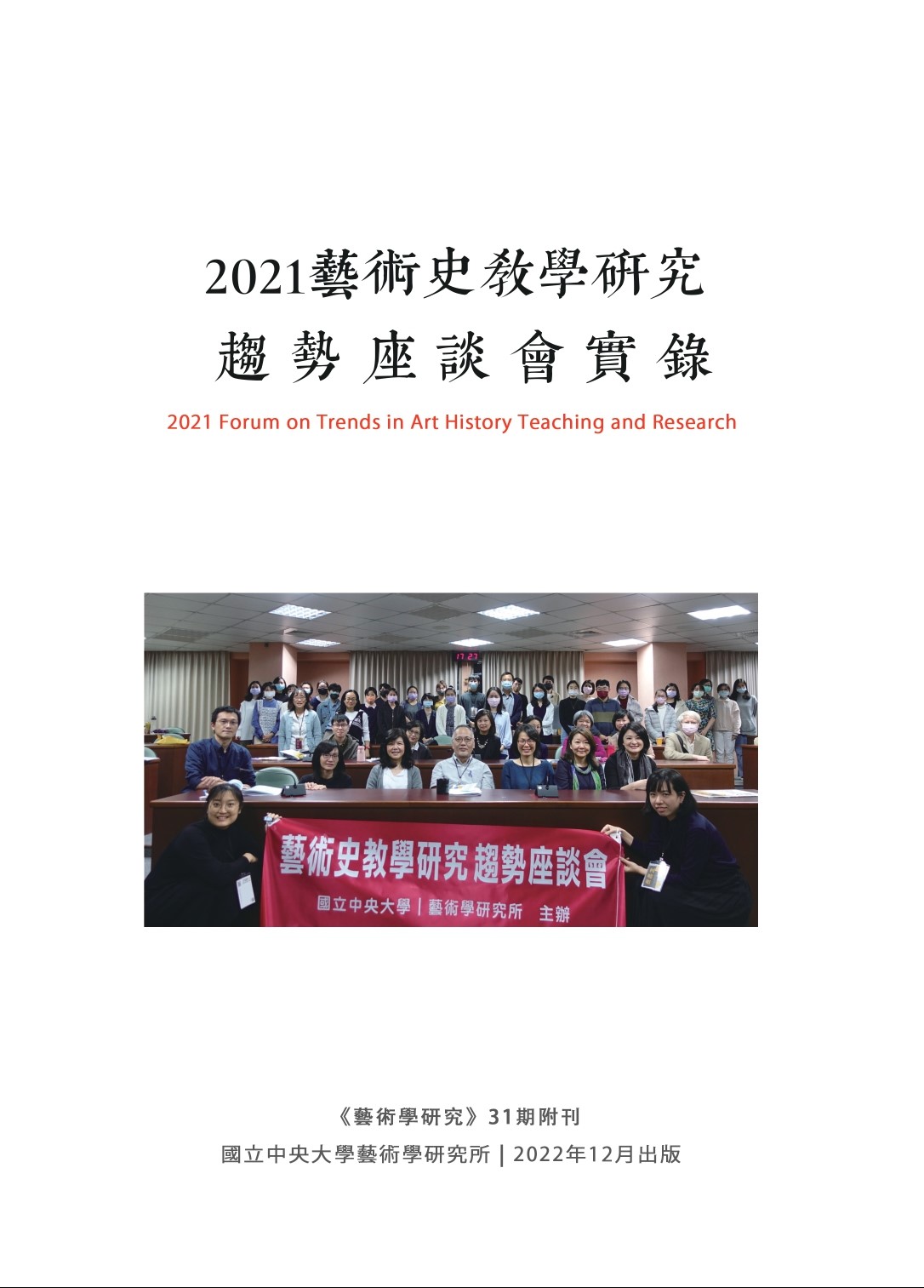社會大眾對於西方藝術史的理解,是否經常建立在對少數巨匠大師、曠世傑作的崇拜與追尋上?觀看藝術作品是否成為一種朝聖?尤其在臺灣,西方作品典藏與主題展覽較少,民眾較難親睹典藏於國外的原作,這種現象十分普遍。然而以大師與經典名作作為藝術史主軸的知識學習架構,可能產生什麼樣的問題?觀眾並非現成藝術史的被動接收者,觀看的行為其實具有主動性,也昭示了觀者的主體性,實際參與了藝術作品歷史價值的建構過程;同時透過理解與評價,藝術史知識也可能進一步對收藏機構或市場的觀點形成影響。因此在藝術史教學中,無論是面對美術場館中的原作還是複製圖像,關於觀看的學習或許能夠以一種更具批判性的方式進行,不受「偉大天才傑作」的既有包袱所侷限,也避免單從創作層面來闡釋藝術,才可能形成更多元的知識討論與理解。
Are we always looking for the most famous masterpieces when visiting an art museum? Is art history seen and considered just a series of story of grand artists? The experience of seeing a famous artwork, is it by some means like making a pilgrimage? It is quite common for people to learn about art and art history by praising almost automatically those works qualified as chefs-d’œuvre, “must-know” or top ones. However, it’s problematic that this kind of sanctification of certain artists or artworks might impose limits on our ways of seeing. The reception and understanding of art also involve the critical opinions and subjectivity of viewer who isn’t satisfied merely with the given repetitive discourses. Seeing art, independently and initiatively, that should be released from the liability of admiration of masterpieces, plays undoubtedly an essential role in teaching art history.


